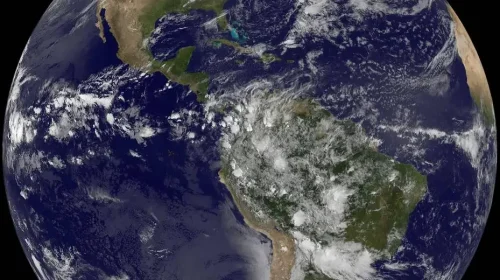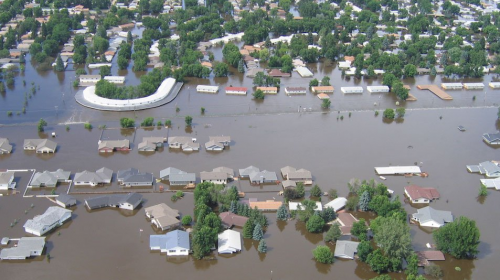When raindrops are cooler than the ground, rain has a cooling effect known as precipitation-induced sensible heat flux (QP). This effect is often left out of weather models, but a new study in Geographical Research Letters included QP in its simulations of the summer monsoon season in India. The researchers found that during these heavy rains, QP can lead to a reduction in overall rainfall and affects how rain is distributed across the region. These impacts could have important consequences for agriculture and irrigation practices.
The study found that QP reduces overall rainfall primarily through decreasing the amount of moisture being lifted into the atmosphere. Understanding the effects of QP on rainfall quantity and distribution is crucial for improving weather predictions and planning for agricultural needs. The study, supported in part by Climate Program Office’s Climate Variability and Predictability (CVP) program, underscores the importance of the improvement of precipitation biases in models, highlighting its broader impact on regional climate dynamics.
For more information, contact Jose Algarin.











